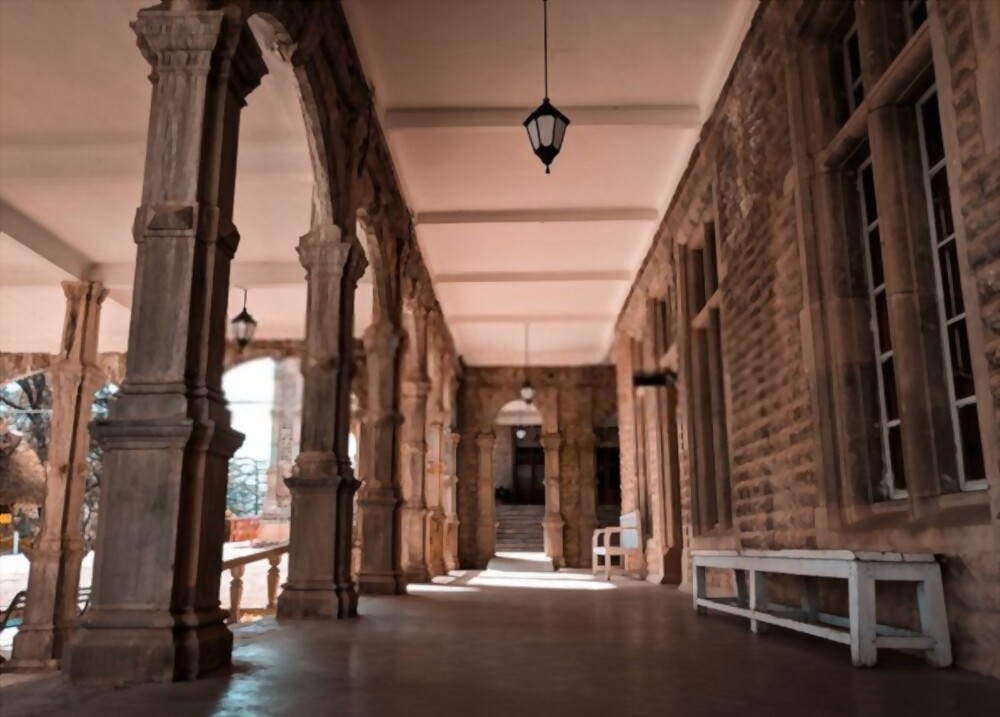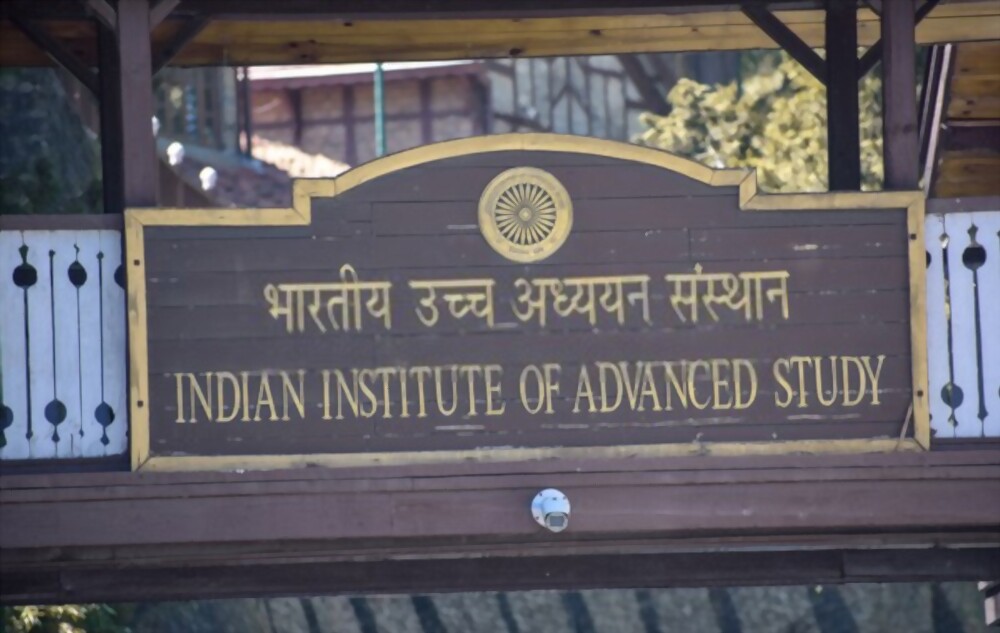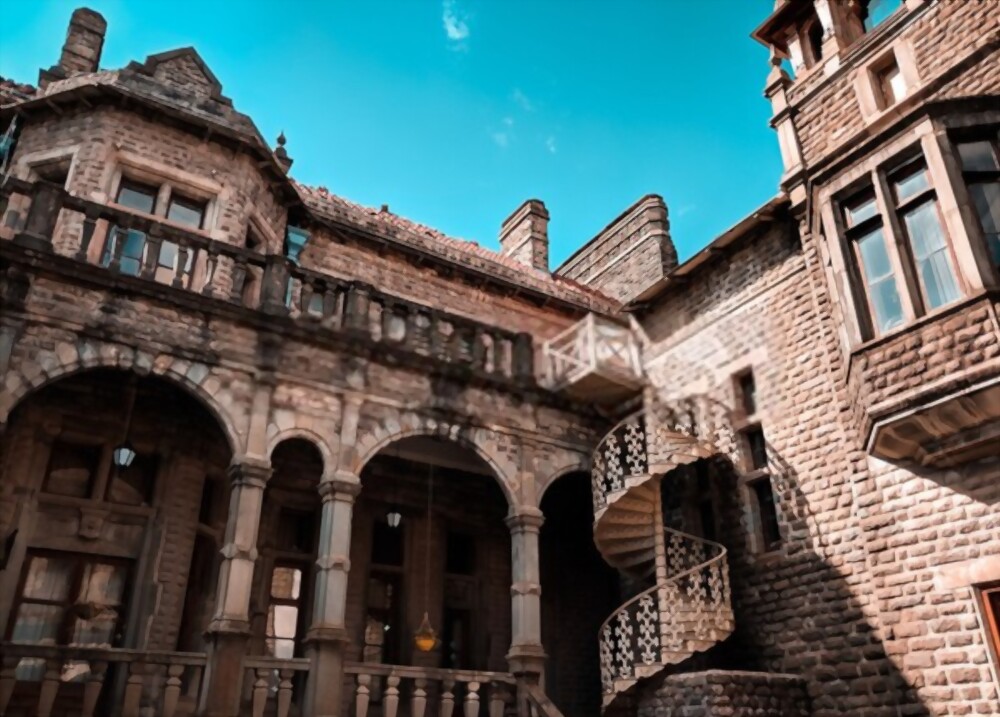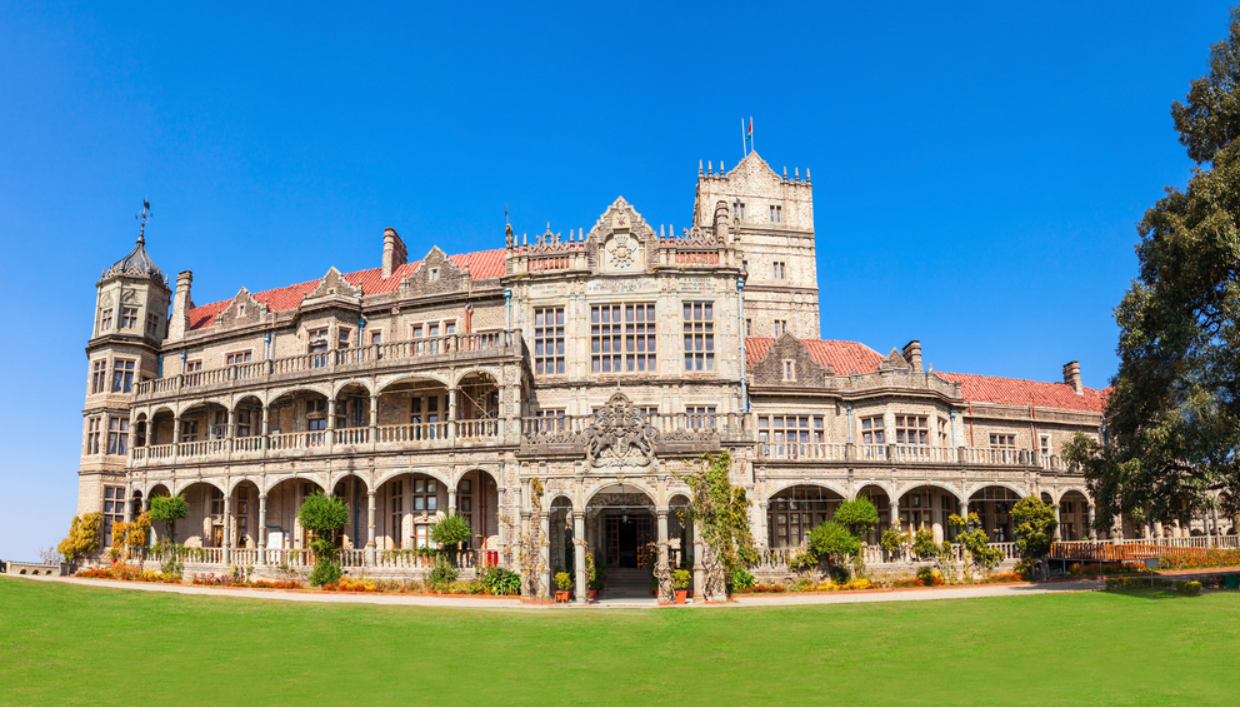A Triumph of Architecture: The Indian Institute of Advanced Studies(IIAS)
The IIAS (Indian Institute of Advanced Study) has consistently attracted visitors outside academics due to its stunning structure and endearing charisma, including Bollywood filmmakers, tourists, archaeologists, and historians.


The magnificent structure displayed Rani Mukherjee’s (Michelle in the film) college in Black. Here, several other Black movie sequences were filmed. Superstars like Amitabh Bachchan and Rani Mukherjee appeared in Sanjay Leela Bhansali’s film Black, directed by him.
Additionally, it is the ideal delight for photographers and photo enthusiasts, who frequently come here to capture the Indian Institute of Advanced Studies’ most spectacular natural splendors. With a historical building surrounded by an incredible garden in a spotless setting with ideal solitude, calm, and peace. It offers tourists unique experiences, enticing them to return time and time.
The Evolution of Advanced Studies Shimla
Advanced Study Shimla is the most striking illustration of India’s expanding tendency for research and growth in the humanities, natural sciences, art, and culture. It uses an interdisciplinary approach or erases all barriers between various knowledge domains.
Advanced Studies the establishment of Shimla was the vision of Pt. Jawaharlal Nehru, our Prime Minister, and Professor Servapalli Radhakrishnan, our country’s second president. As a result, IIAS Shimla came into operation on October 20, 1965.
- To bring humanity as a whole together.
- Establishing ties of friendship and peace between them.
- Dr Radhakrishnan said we should not be prisoners of the existing quo, underlining and respecting India’s unity in diversity.
So, Shimla, Himachal Pradesh’s “Institute of Advanced Studies”, attempts to bind people together through education and intellectual exchange. Before India gained its independence in 1947, the “Indian Institute of Advanced Study (IIAS)” was based in the opulent and regal structure known as the “Viceregal Lodge.” The Honorable President of India spent a few summers before 1964 living at “Rashtrapati Nivas.”
Henry Irwin, an architect, created the IIAS building, whose architecture is a representation of the European Renaissance. Between 1884 and 1888, the Indian Institute of Advanced Study in Shimla was constructed with the help of “Viceroy Lord Dufferin.” The “Indian Institute of Advanced Studies” is a well-known landmark in Shimla and is extremely valuable from a tourism perspective.
Advanced Study Shimla actively organizes twice-per-hour trips inside the “Rashtrapati Niwas.” The first tour begins at 10 AM, while the last tour starts at 4:50 PM. Only 40 individuals can tour the building in a group, and the tour is supervised by a qualified guide who is well-versed in its history.


Every Monday, Advanced Study Shimla is closed to tourists and other outsiders, but it is open from 8 AM to 6 PM on other days. Indian Institute of Advanced Study Shimla has a relatively low entrance fee.
Significantly, IIAS emerged as a primary consideration in several key political events that determined the fate of millions of people living on the Indian subcontinent. Shimla Conference (1945), Cabinet Mission (1946), and the eventual partition plan for India are only a few examples of such political events.
What Makes It one of the Most Innovative Structures from the British Era?
Due to the several contemporary characteristics, it has that were installed back then, IIAS is regarded as a cutting-edge work of engineering:
It had a complex fire suppression system using water ducts with wax tips. In 1888, this was Shimla’s first structure to receive electricity. Steam engines that were exclusively imported from Britain were used to generate energy at the time for this building.
When the building was constructed, a sizable water tank was buried beneath the front lawn as part of a rainwater collection system. The water tank receives the building’s rainwater, which slowly sinks into the earth.
The King of Nepal a while back gifted an eight-metal bell that was installed in the building for visitors in April 2010.
Also Read – https://himachal.blog/best-hotels-to-stay-in-shimla/
Advanced Studies Fellowship
The fellowship programs at the Advanced Studies Shimla are separated into two categories: “National fellows” and “Fellows.”
- National Fellowships are given to outstanding academics in their particular fields and are only granted for a maximum of two years.
- Most scholars are “fellows,” and their terms might last from six months to two years. Naturally, IIAS Fellows only study topics approved by the organization. The men interact with one another in both formal and informal settings in this way.
- Thus, IIAS supports an interdisciplinary approach to solving every issue that the current world faces.
In addition to the National Fellows and Fellows, the Indian Institute of Advanced Study, Shimla, supports three other types of scholars:
- Visiting Professor.
- Visiting Intellectuals.
- Guest scholars.
Different terms and conditions apply to each of these three categories.


The Global Center of Human Development
On August 19, 2013, the IC4HD at IIAS was officially opened in Shimla. This center’s proposed mission is to advance policy discussion on human development in the Global South. And the other is to put human development research into practice. This center’s seamless expansion was made possible by cooperation between IIAS Shimla, the Indian government’s ministry of HRD, and the United Nations Development Program.
The Tagore Center
The Tagore Center was also given to the Indian Institute of Advanced Study (IIAS). On the 150th anniversary of Rabindranath Tagore, the HRD ministry of the Government of India named it to study culture and civilization. Four “Tagore Fellows” are chosen each year by IIAS to work on Tagore’s ideas and concerns for the advancement of humanity.











